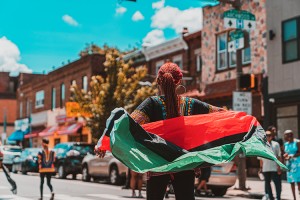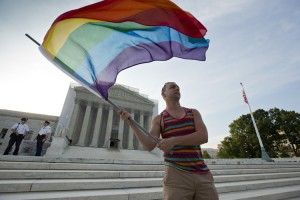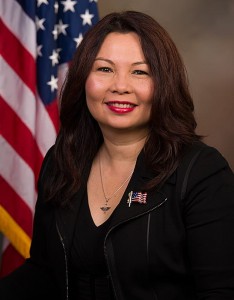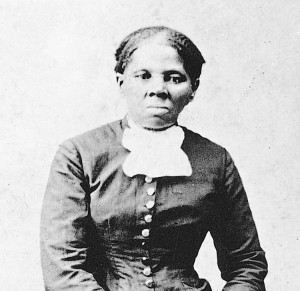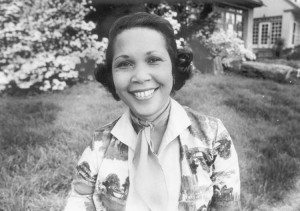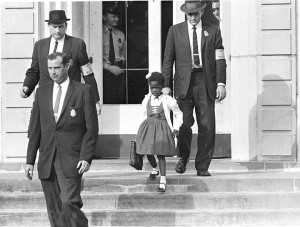Have a Safe and Happy Fourth of July
Friday, July 2nd, 2021The Fourth of July is Independence Day in the United States. The day marks the nation’s birthday, July 4, 1776, when delegates to the Second Continental Congress, meeting in Philadelphia, adopted the Declaration of Independence.
The delegates represented the 13 British colonies, which had come to resent the ever-increasing taxes and restrictions that King George III sought to impose on them. In April 1775, British troops had clashed with colonial militia at Lexington and Concord, Massachusetts, in effect signaling the outbreak of the American Revolution. The Declaration of Independence explained the reasons for the colonists’ rejection of British rule, detailed the ways in which the British government had violated American rights, and declared the freedom of the American colonies from Britain. The American Revolution ended in 1783 when Britain recognized the independence of the United States.
July 4 is traditionally a day of patriotism and celebration, including a full menu of picnics or cookouts and fireworks, with popular side dishes of baseball, fairs, parades, and parties. Last year, public celebrations of the holiday were largely absent, as people followed social distancing measures intended to stem the COVID-19 pandemic. This year, with widespread vaccinations putting the disease in retreat in many areas, fireworks and other public displays have largely returned.
The Fourth of July isn’t just a day for celebration, however. It’s also a good time to reflect on the promise of freedom outlined in the Declaration of Independence and to think about how various groups are still struggling to achieve that freedom. In a year that followed worldwide protests over the killing of George Floyd, many people are choosing to make the Fourth not only a celebration of our nation’s history but a time of reflection and preparation for its future.



